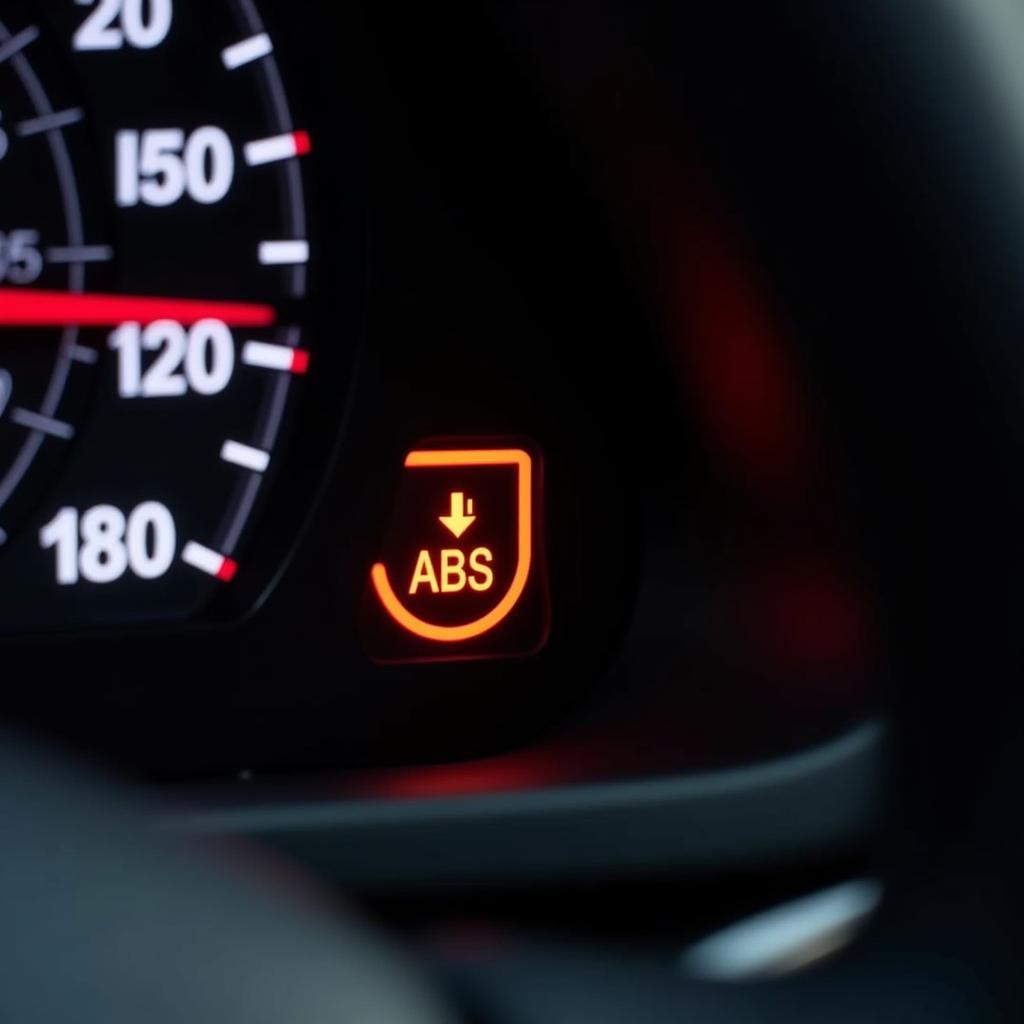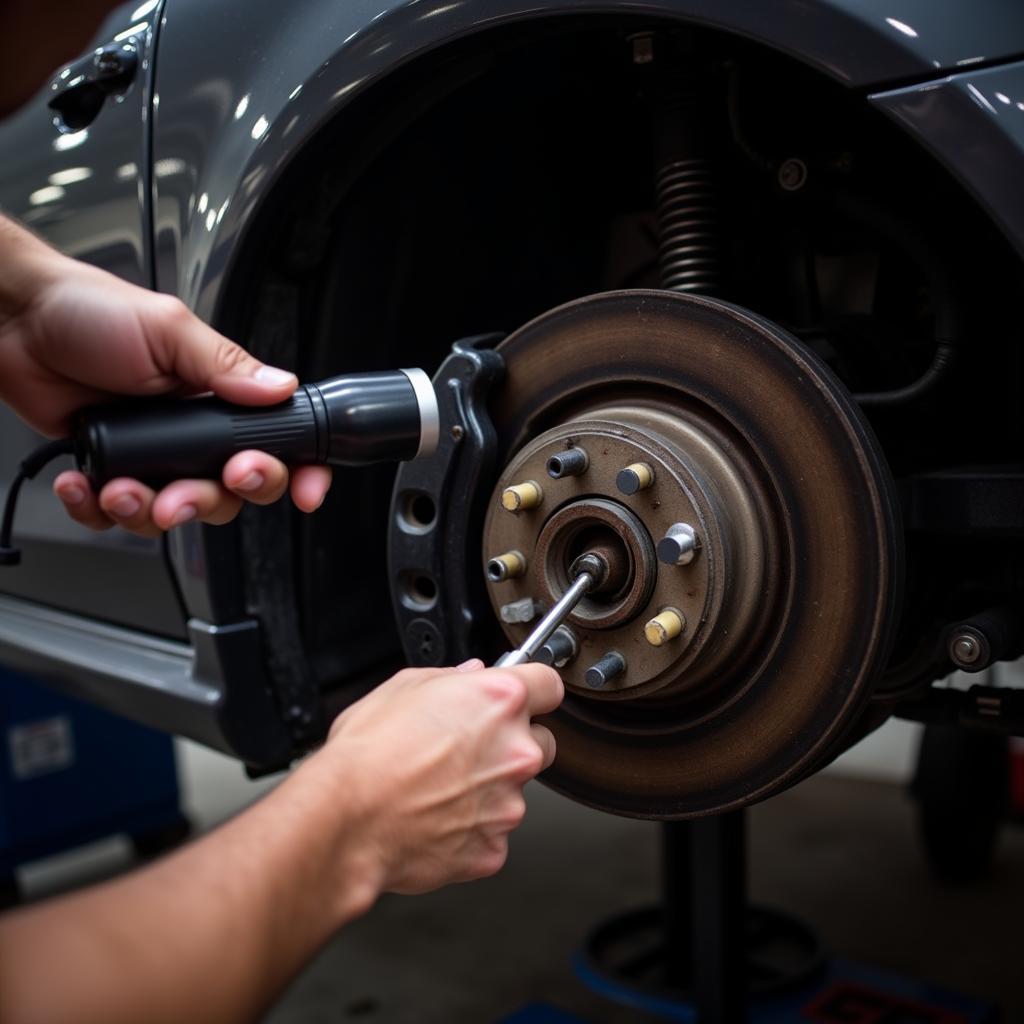Headlight coding is a critical aspect of automotive repair and maintenance that involves programming and configuring headlight modules to ensure optimal functionality and safety. Whether you’re dealing with a faulty headlight, a replacement bulb, or an aftermarket upgrade, understanding the intricacies of headlight coding is essential for automotive professionals. This comprehensive guide will delve into the world of headlight coding, providing insights and practical tips to enhance your expertise.
What is Headlight Coding?
Headlight coding, also known as headlight programming or adaptation, is the process of configuring the software within the headlight module to synchronize it with the vehicle’s electrical system and other control units. It involves adjusting various parameters, such as:
- Headlight Alignment: Setting the angle and position of the headlights to ensure proper beam pattern and prevent glare.
- Bulb Type: Specifying the type of bulb installed (halogen, HID, LED) to optimize performance and adjust the light output.
- Adaptive Headlight Functions: Programming features like automatic headlight leveling, dynamic cornering lights, and high-beam assist for enhanced visibility and safety.
- Error Codes: Clearing fault codes related to the headlight system and ensuring proper communication between the module and the vehicle’s network.
According to John Smith, a seasoned automotive technician with over 20 years of experience, “Headlight coding is crucial for ensuring the safety and functionality of a vehicle’s lighting system. It’s not just about replacing bulbs, it’s about optimizing the entire system.”
The Need for Headlight Coding
Headlight coding is necessary in a variety of scenarios, including:
- Bulb Replacement: When replacing a burnt-out bulb, especially with a different type (e.g., LED for halogen), coding is required to inform the module of the new bulb type and adjust settings accordingly.
- Aftermarket Upgrades: Installing aftermarket headlights, LED conversions, or adaptive headlight systems often necessitates coding to integrate the new components with the vehicle’s electrical system.
- Troubleshooting Issues: When experiencing headlight malfunctions, such as flickering, dimming, or errors, coding can help diagnose and resolve the problem by resetting parameters or clearing fault codes.
- Maintenance: Periodic coding is recommended to ensure optimal performance and to adapt to changes in the vehicle’s electrical system over time.
Common Headlight Coding Scenarios
Here are some common headlight coding scenarios that automotive professionals frequently encounter:
1. Headlight Alignment:
- Problem: Misaligned headlights can create glare for oncoming drivers and reduce visibility for the vehicle operator.
- Solution: Using diagnostic equipment, automotive professionals can access the headlight module and adjust the vertical and horizontal alignment parameters to ensure proper beam pattern and reduce glare.
2. Bulb Type Adaptation:
- Problem: When replacing a halogen bulb with an LED bulb, the vehicle’s system might not recognize the change, leading to errors or reduced performance.
- Solution: By coding the headlight module, technicians can specify the new bulb type, allowing the system to adjust the voltage and current settings for optimal LED performance.
3. Adaptive Headlight Programming:
- Problem: Many modern vehicles come equipped with adaptive headlights that adjust automatically based on steering input and road conditions. These features require proper coding for optimal functionality.
- Solution: Automotive professionals can use specialized software to configure the adaptive headlight system, enabling features like automatic headlight leveling, dynamic cornering lights, and high-beam assist.
“In today’s advanced vehicles, headlight coding is more than just a simple adjustment. It’s a crucial aspect of ensuring safety, efficiency, and optimal performance of the vehicle’s lighting system,” notes Sarah Wilson, a leading automotive electrical engineer.
Tools and Resources for Headlight Coding
To perform headlight coding effectively, automotive professionals require specialized tools and resources:
- Diagnostic Scanners: High-quality diagnostic scanners, such as those offered by audi headlight coding repair nj, provide access to the vehicle’s control modules and allow for coding adjustments.
- Software: Dedicated headlight coding software, often specific to vehicle make and model, is essential for accessing and modifying the headlight module’s parameters.
- Coding Guides: Detailed coding guides and online resources provide step-by-step instructions, technical specifications, and troubleshooting tips for various vehicle models.
- Online Forums: Engaging with online communities dedicated to automotive repair can provide valuable insights, solutions, and troubleshooting guidance from experienced professionals.
Safety Precautions for Headlight Coding
When performing headlight coding, it’s crucial to prioritize safety:
- Disconnect Battery: Always disconnect the vehicle’s battery before working on any electrical components, including the headlight module.
- Use Proper Tools: Use only certified and compatible diagnostic equipment and software to avoid damaging the vehicle’s electrical system.
- Follow Coding Guides: Carefully follow the coding guides and instructions provided by the manufacturer or reputable sources to ensure accurate settings and avoid unintended consequences.
- Test Thoroughly: After coding, test the headlights thoroughly to verify proper function and alignment before returning the vehicle to the customer.
Conclusion
Headlight coding is an essential skill for automotive professionals, ensuring optimal performance and safety of vehicle lighting systems. By understanding the process, utilizing specialized tools, and following safety precautions, technicians can efficiently diagnose, repair, and adapt headlights for a wide range of vehicles.
Remember, headlight coding is not a one-size-fits-all process. It requires careful consideration of the vehicle’s make, model, year, and specific headlight system configuration. By staying up-to-date on the latest coding techniques and best practices, automotive professionals can provide comprehensive and reliable services to their customers.
FAQ
1. Can I code headlights myself?
While some basic coding tasks may be possible with DIY tools, it’s generally recommended to seek professional help for complex or specialized coding procedures.
2. How much does headlight coding cost?
The cost varies depending on the vehicle, complexity of the coding, and the mechanic’s labor rates.
3. Is headlight coding required for all bulb replacements?
Coding is typically required when replacing halogen bulbs with LED or HID bulbs, or when installing aftermarket headlights.
4. Will coding void my vehicle’s warranty?
Proper coding performed by a qualified professional should not void your warranty. However, it’s best to consult your vehicle’s warranty documentation for specific guidelines.
5. What if I can’t find specific coding instructions for my vehicle?
Consult online forums, specialized automotive websites, or contact a reputable coding service provider for assistance.


